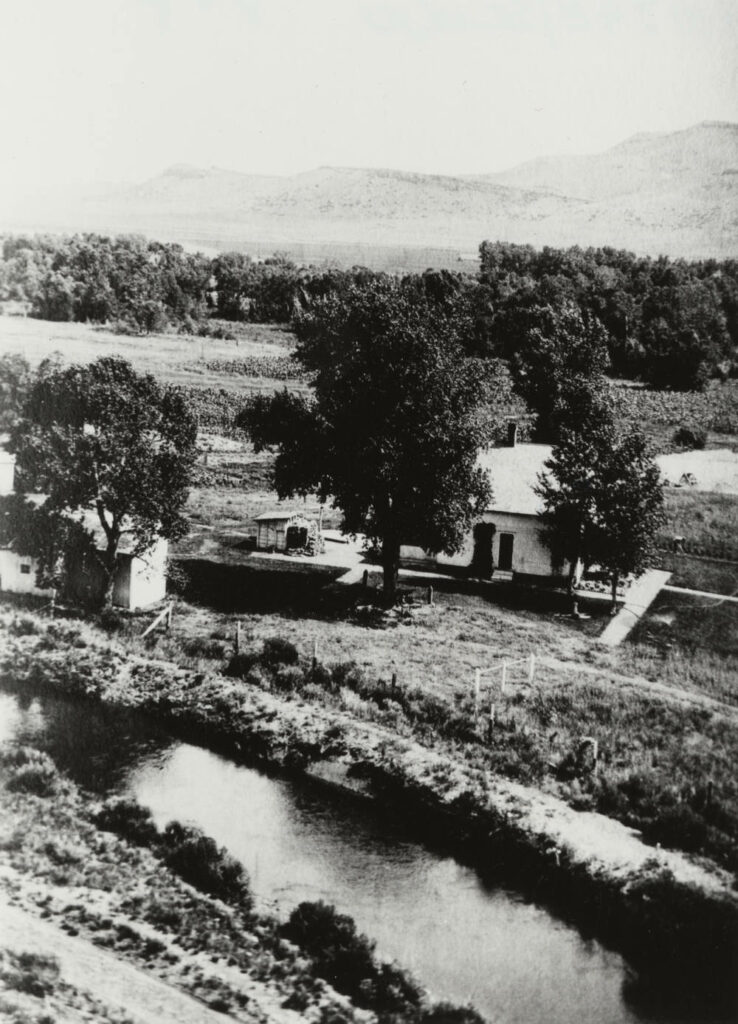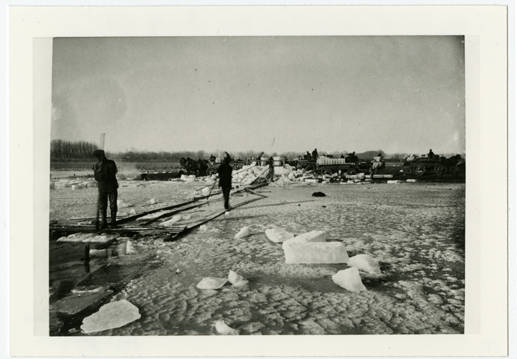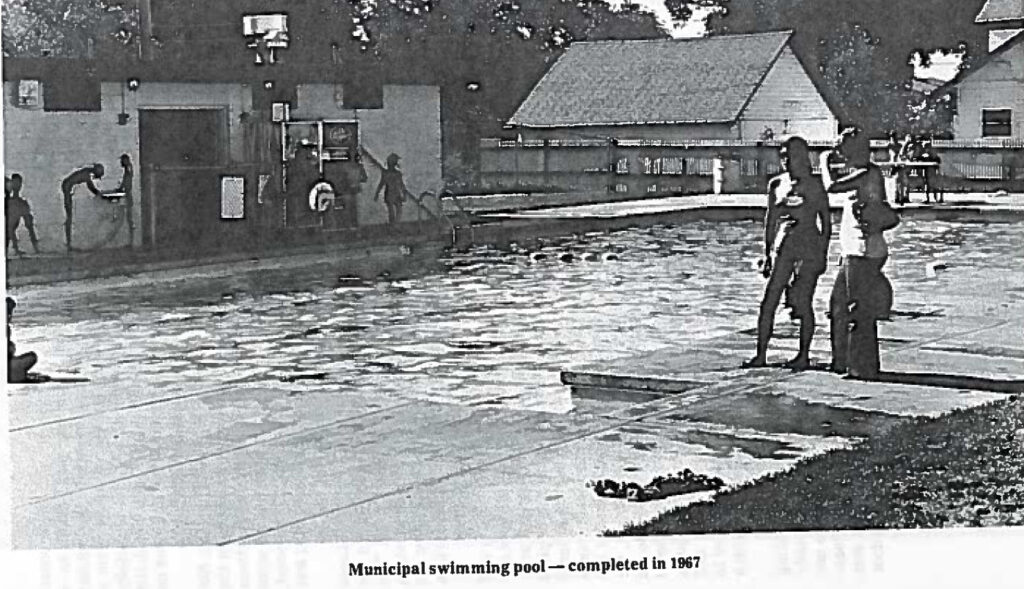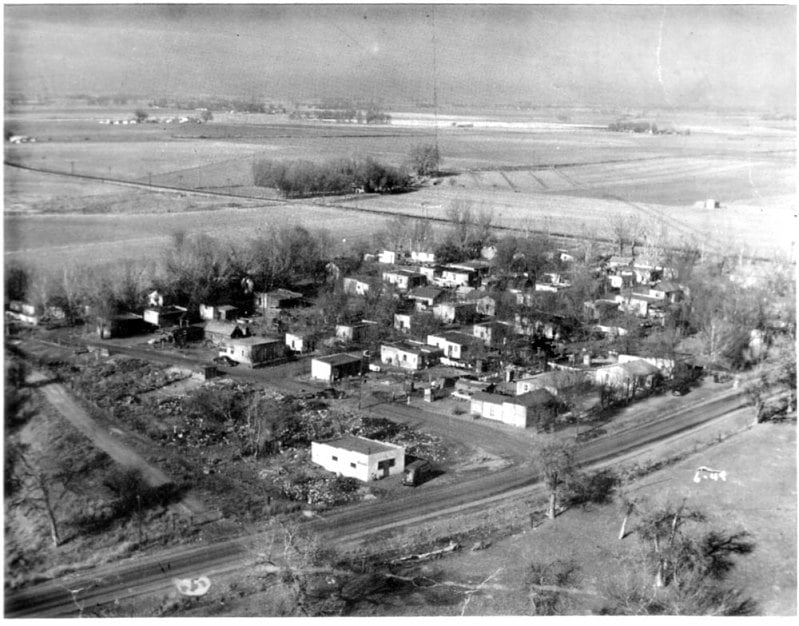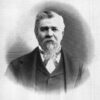This year we celebrate and recognize the 100-year anniversary of Greeley’s “Spanish Colony,” a historic Hispanic neighborhood near the banks of the Cache la Poudre River in Greeley.
Great Western Sugar Company
In the early 1900s, sugar beets, which can be processed down into white sugar, were introduced in Northern Colorado as a cash crop. Great Western Sugar Factories, where beets were processed into sugar, popped up in many towns—including Fort Collins, Windsor, and Greeley—fueling a sugar boom in industry, economy, and population!
But beets required vast amounts of nearly constant labor, from planting to hoeing, harvesting, and refining, the beet season stretched from April through January. In the early 1900s, Northern Colorado’s small population couldn’t support the new industry. Looking for a labor force, Great Western Sugar Co. began recruiting workers, first in Germans from Russia later from Hispanic and Latino communities.
Seasonal work quickly expanded into a need for near full-time employees, but Great Western hit a bump. Many Hispanic beet workers had families in the southwestern United States and Mexico who they returned to during the “off-season,” but the beet farmers needed them nearby. So, Great Western came up with a plan.
They would finance the cost of 200 homes for Hispanic workers between several northern Colorado towns. These small, segregated, neighborhoods would offer select workers the opportunity to move their families close to their work. In 1924, 40 of these homes were built in Greeley and the Española Subdivision, or Spanish Colony, was born.
Española Community
Española’s homes were all adobe brick and built by their occupants. The two-room homes followed a standard plan set by the company and had no indoor plumbing, electricity, or telephones. The 40 houses, initially home to about 200 people, accessed water from two shared community spigots. Over the course of five years, the families would all purchase their homes from Great Western, who had fronted the initial building costs, although the families had supplied the majority of the labor.
In its early history, Española was viewed with suspicion by the predominantly white city of Greeley. While reliant on the labor of Española’s residents, the other citizens of Greeley, revealing their own prejudice, doubted the residents could be good citizens and set up the “House of Neighborly Services” to provide oversight, medical and social services, and education to the neighborhood.
Despite the prejudice of their neighbors, the citizens of Española thrived. They constructed their own community hall, installed a telephone, built a baseball field, and created a close-knit culture.
”[On] holidays, each family would make their favorite food dish for every family in the Colony. Colony was one big happy family."
Ricardo LopezSpanish Colony Resident
In 1933, unhappy with long walk their children faced to segregated Gipson school, the community successfully pushed the district to move the building across the bend of the Cache la Poudre River from where the neighborhood sat. Slowly Española gained the respect of the white neighbors, especially through the Spanish Colony baseball team—the Greeley Grays—who played, and dominated, the northern Colorado leagues.
Today, many of the original descendants still live in the adobe homes and are working to tell the stories of the Hispanic history of the Spanish Colony and Greeley.
Read More Historic Stories
